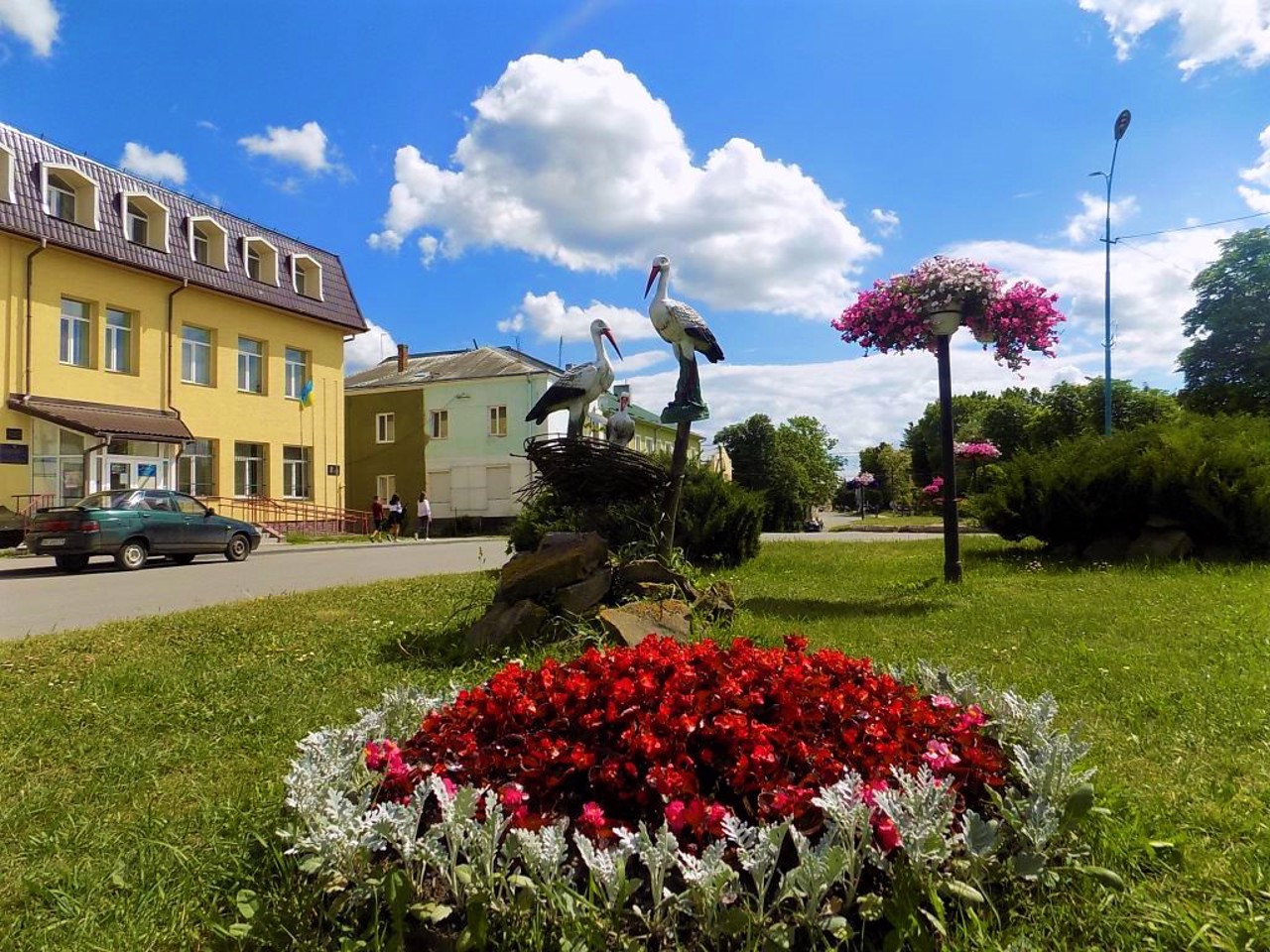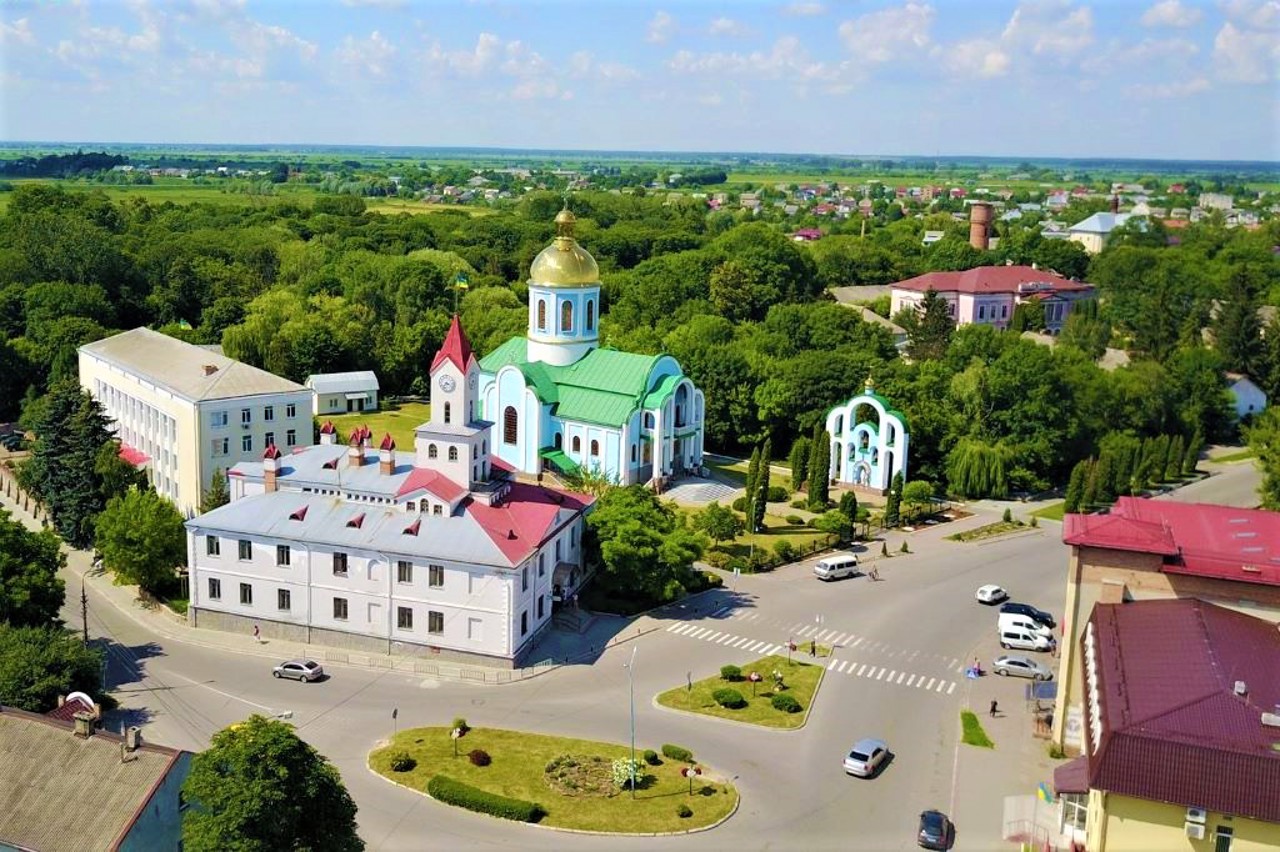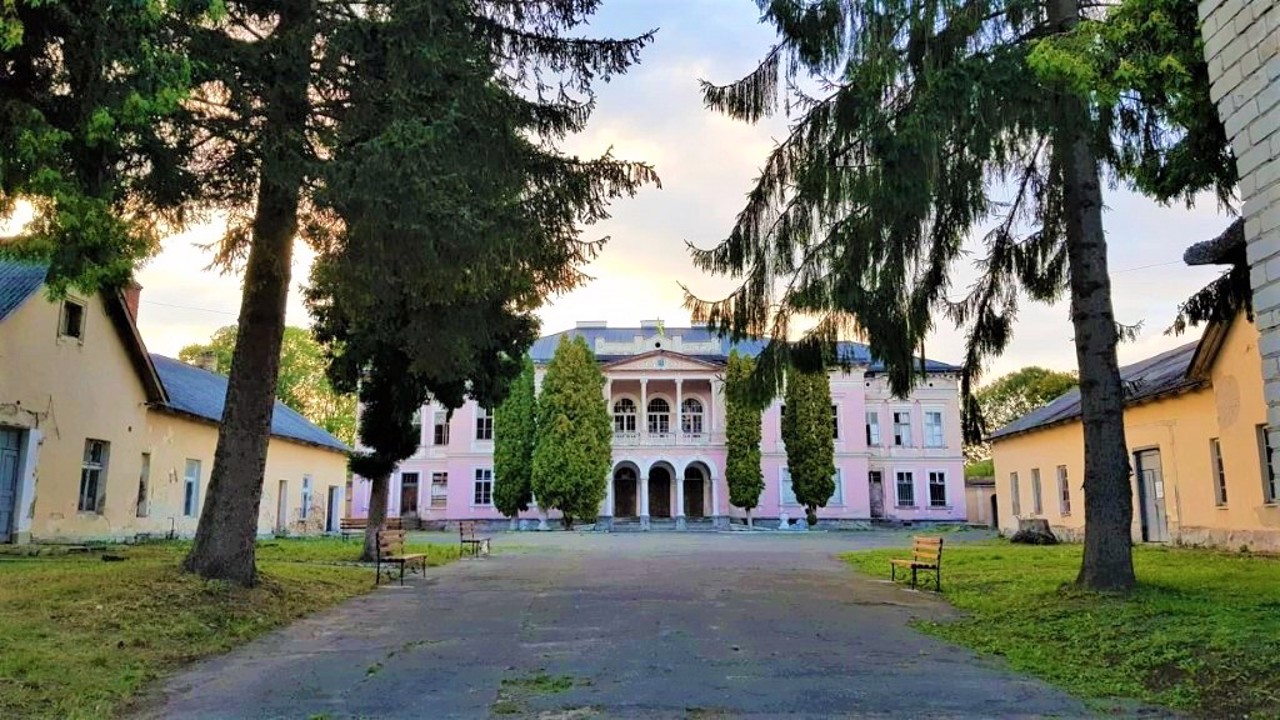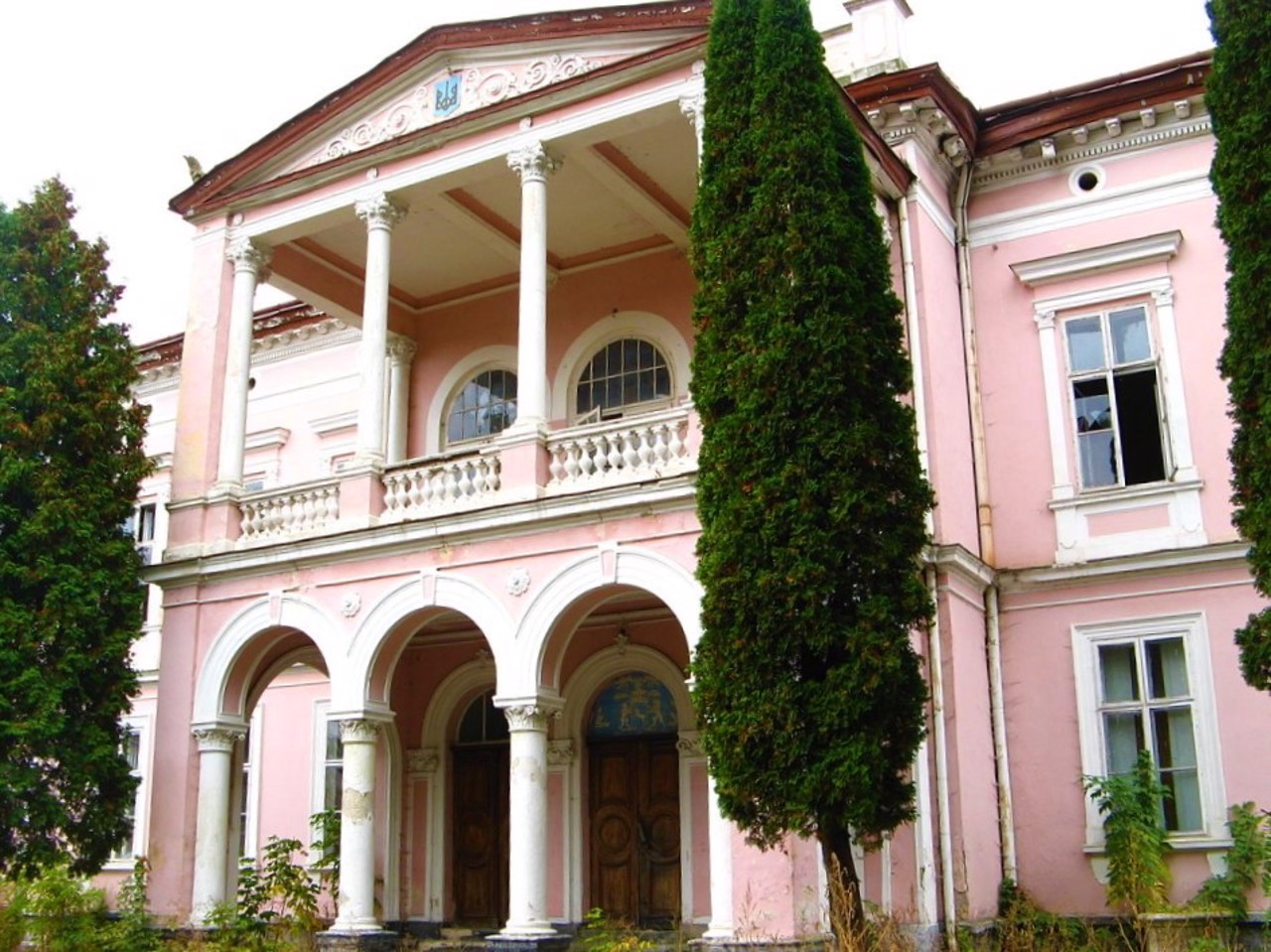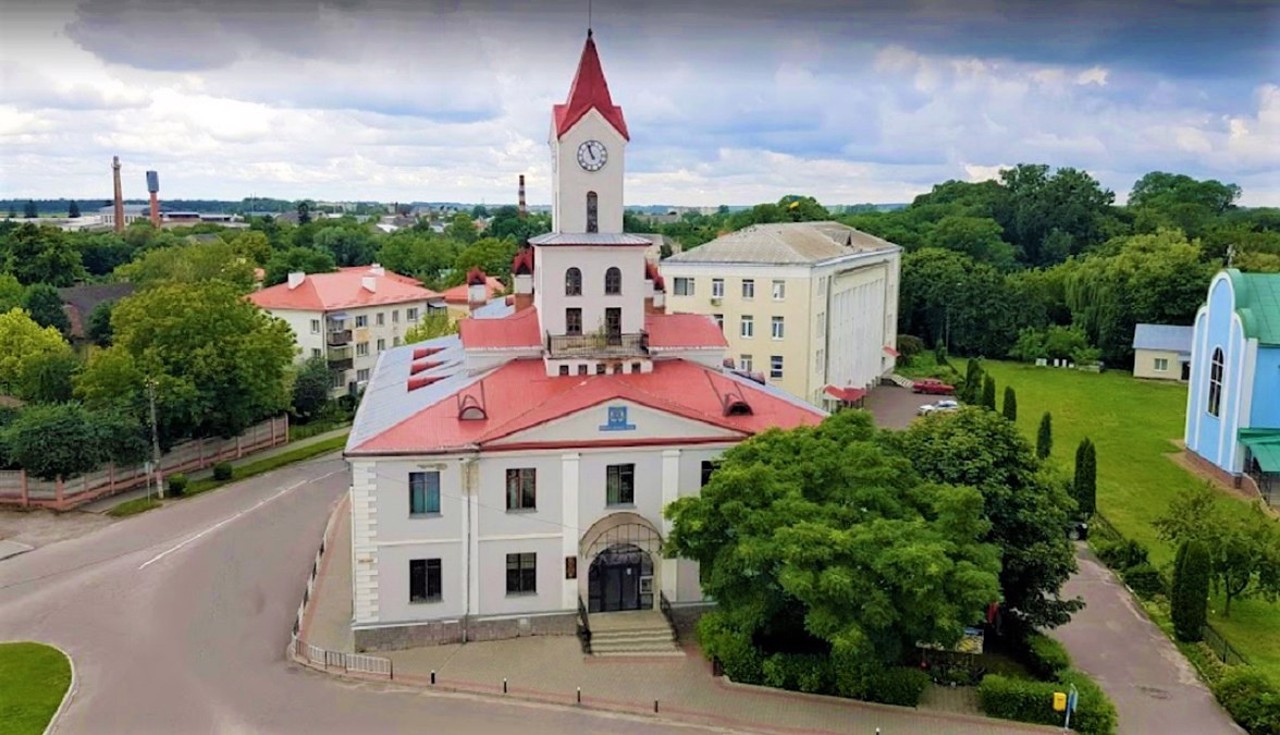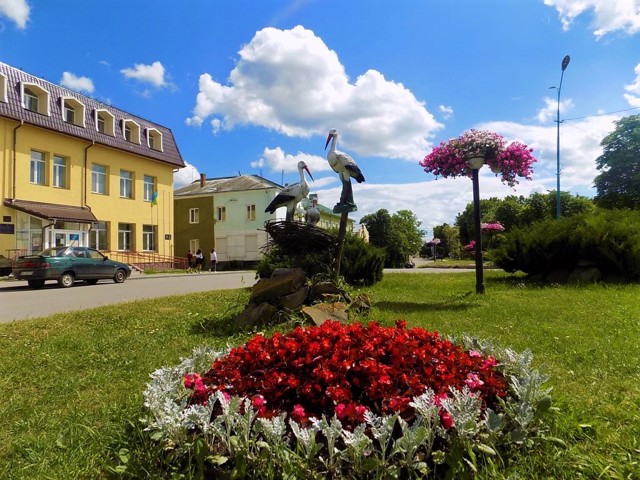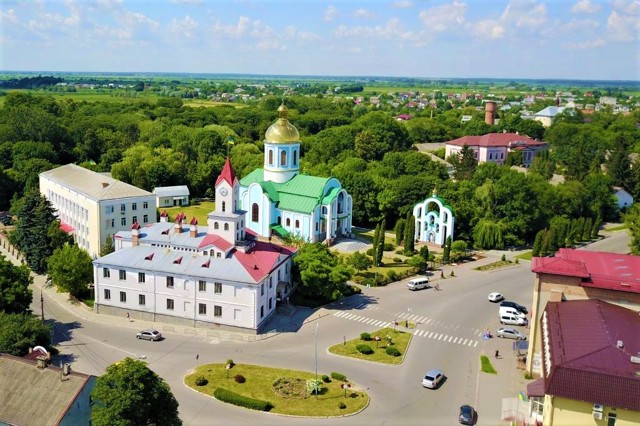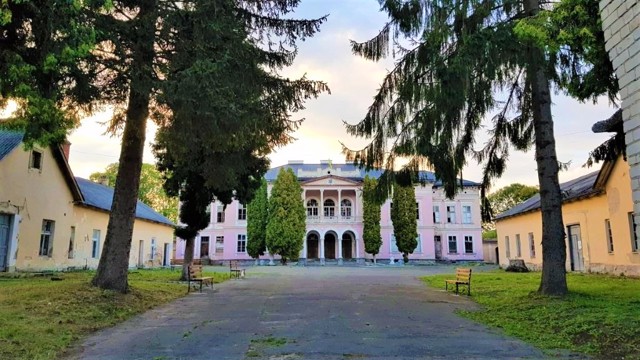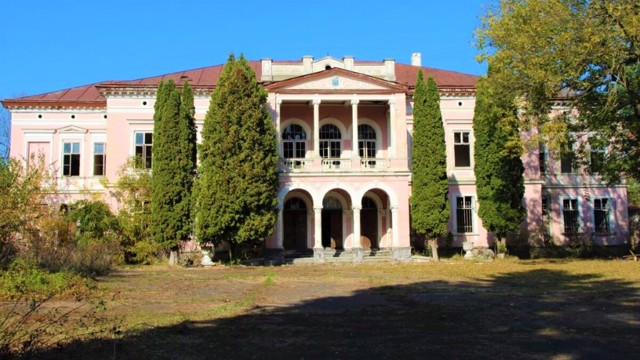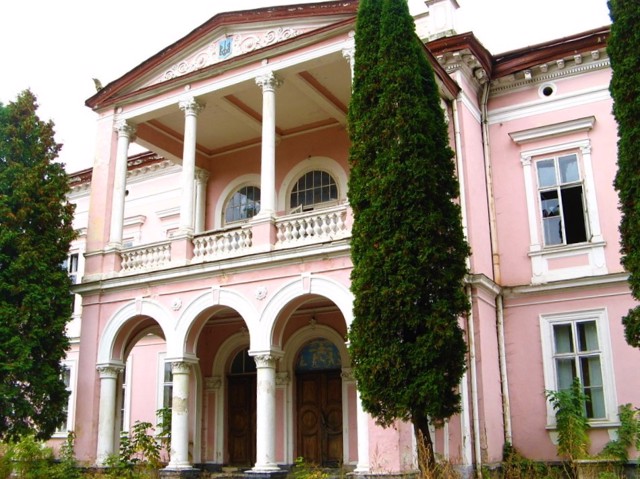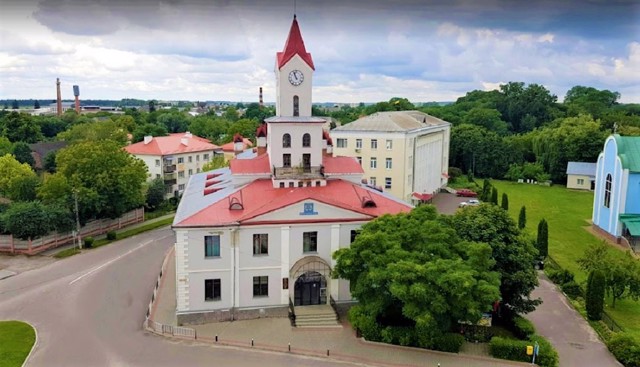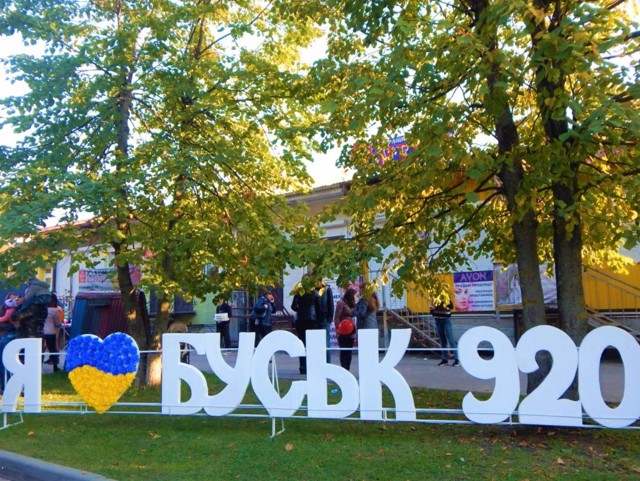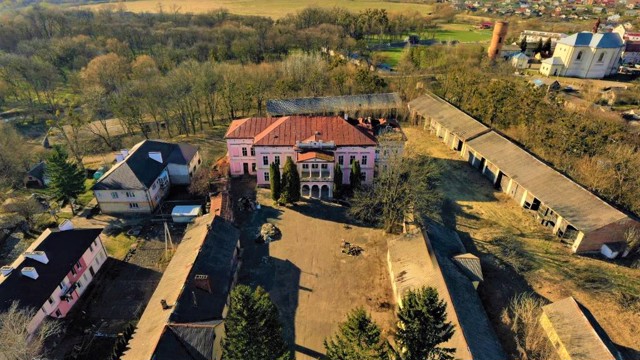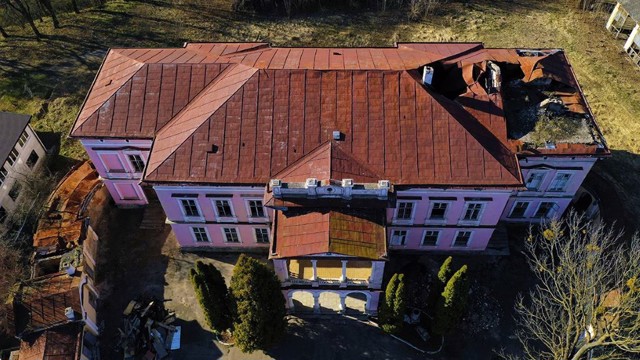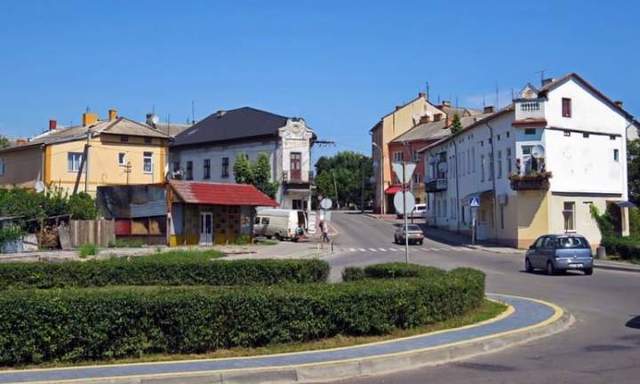Functional temporarily unavailable
General information about Busk
The city of Busk is located on the Western Bug River between Lviv and Brody.
In the IV-IX centuries, Busk (Buzk, Buzhesk) was the capital of the Buzhan tribe. The Early Slavic settlement found by archaeologists belongs to the period of the reign of the legendary leader of the Ants, Bozh, who died in 375 during the war with the Ostrohoths.
Busk is documented for the first time in 1097 in the "Tales of Timeless Years", it was in the possession of the Volyn prince Davyd Ihorevych. The city was an outpost on the border of the Volhynia, and then the Galicia-Volyn principalities.
Being part of Poland and the property of the Masovian prince Zemovyt, in 1411 Busk received Magdeburg rights. In the 16th century, paper production arose, the "Ostrozka Bible" by ...
The city of Busk is located on the Western Bug River between Lviv and Brody.
In the IV-IX centuries, Busk (Buzk, Buzhesk) was the capital of the Buzhan tribe. The Early Slavic settlement found by archaeologists belongs to the period of the reign of the legendary leader of the Ants, Bozh, who died in 375 during the war with the Ostrohoths.
Busk is documented for the first time in 1097 in the "Tales of Timeless Years", it was in the possession of the Volyn prince Davyd Ihorevych. The city was an outpost on the border of the Volhynia, and then the Galicia-Volyn principalities.
Being part of Poland and the property of the Masovian prince Zemovyt, in 1411 Busk received Magdeburg rights. In the 16th century, paper production arose, the "Ostrozka Bible" by Ivan Fedorov, the first printer, was printed on Busk paper. In the 17th and 18th centuries, the church of Saint Stanislav and two wooden churches - Saint Paraskeva and Saint Onuphrius (both have survived to this day) were built.
In the 18th and 19th centuries, the development of the city slowed down, and over time, Busk never rose above the category of small towns.
In the park named after Ivan Franko in the center of the city, the palace of Count Badeni (XIX century) has been preserved.
In 1863, Yevhen Petrushevych, president of the ZUNR, was born in Busk.
Місто Буськ розташоване на річці Західний Буг між Львовом і Бродами.
В IV-IX сторіччях Буськ (Бузьк, Бужеськ) був столицею племені бужан. Знайдене археологами ранньослов'янське городище відноситься до періоду правління легендарного вождя антів Божа, який загинув в 375 році під час війни з остготами.
Документально Буськ вперше згадується в 1097 році в "Повісті времєнних літ", знаходився у володінні волинського князя Давида Ігоревича. Місто було форпостом на кордоні Волинського, а потім Галицько-Волинського князівств.
Будучи в складі Польщі власністю мазовецького князя Земовита, в 1411 році Буськ отримав Магдебурзьке право. В XVI столітті виникло паперове виробництво, на буському папері була надрукована "Острозька Біблія" першодрукаря Івана Федоро ...
Місто Буськ розташоване на річці Західний Буг між Львовом і Бродами.
В IV-IX сторіччях Буськ (Бузьк, Бужеськ) був столицею племені бужан. Знайдене археологами ранньослов'янське городище відноситься до періоду правління легендарного вождя антів Божа, який загинув в 375 році під час війни з остготами.
Документально Буськ вперше згадується в 1097 році в "Повісті времєнних літ", знаходився у володінні волинського князя Давида Ігоревича. Місто було форпостом на кордоні Волинського, а потім Галицько-Волинського князівств.
Будучи в складі Польщі власністю мазовецького князя Земовита, в 1411 році Буськ отримав Магдебурзьке право. В XVI столітті виникло паперове виробництво, на буському папері була надрукована "Острозька Біблія" першодрукаря Івана Федорова. В XVII-XVIII століттях були побудовані костел Святого Станіслава та дві дерев'яні церкви - Святої Параскеви та Святого Онуфрія (обидві збереглися до наших днів).
В XVIII-XIX століттях розвиток міста сповільнився, і з часом Буськ так і не піднявся вище категорії малих міст.
В парку імені Івана Франка в центрі міста зберігся палац графа Бадені (XIX століття).
В 1863 році в Буську народився президент ЗУНР Євген Петрушевич.
Сплануй своє перебування у Busk
What to see and where to go in Busk
Tourist attractions and museums of Busk
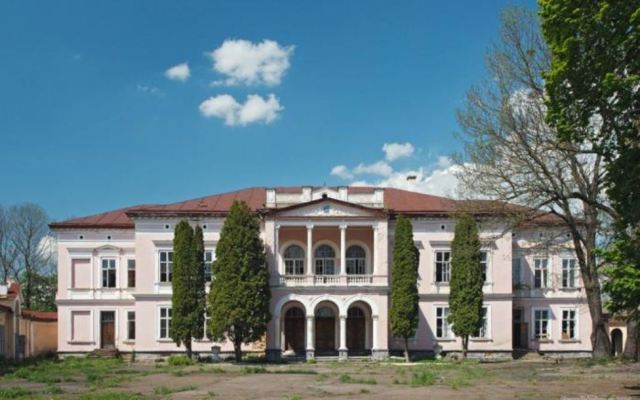
Badeni Palace
Palace / manor , Architecture
The palace in Busk in the park above the Buh, the last owner of which was Count Kazymyr Badeni, was built in 1810 by the Busk landowner Voytsekh Miyer as a residential building and office.
The governor of Galicia, Kazymyr Badeni, bought it in 1876 and rebuilt it for his own summer residence. At the same time as the palace, a park (now named after Ivan Franko) was laid out, the avenues of which smoothly descend to the Buh. The complex consists of a main two-story building and two side wings. The decoration of the palace is a two-story portico with columns and a balcony with a balustrade. In the interiors, the old parquet, laid out in seven colors, as well as the stucco coat of arms of the count family of Badeni have been preserved.
In the period after the Second World War, a military unit was stationed here. Currently, the abandoned building is owned by the Ministry of Internal Affairs of Ukraine. In May 2016, the ministry handed over the palace of Count Badeni to the community of the city of Busk. As a result of a fire in November 2016, the roof and ceiling were damaged on an area of 150 square meters.
The issue of restoration and creation of a museum is under consideration.
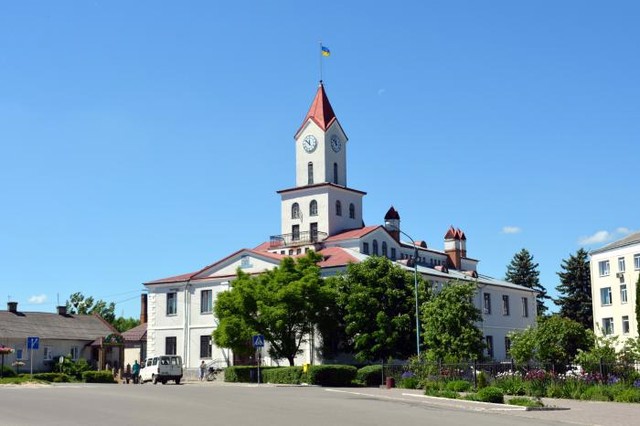
Busk City Hall
Architecture
Busk City Hall is an architectural landmark of the city center. It was built only in 1999, although the traditions of self-government in the city are very old - it received Magdeburg law in 1411, one of the first in Galicia.
The current building of the city hall was built on the site of the county court, which housed the Gestapo during the Second World War.
Today, the city council and the tax inspectorate are located here. In 2011, a clock made by the famous Lviv craftsman Oleksiy Burnayev was installed on the tower of the city hall. The clock's repertoire includes 12 melodies that play every hour. At noon, the national anthem of Ukraine plays.
Nearby is the new Peter and Paul Church (1998).
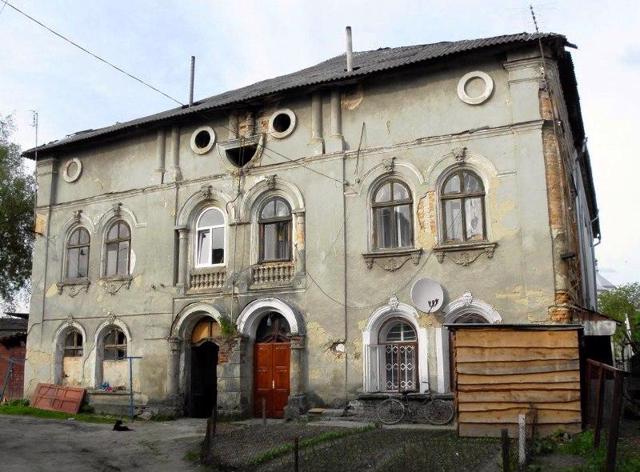
Great City Synagogue
Architecture
The majestic city synagogue in Busk was built in the 18th century thanks to the donation of Yakob Hlanzer.
It is located near Rynok Square, where the Jewish community of the city used to live, which owned most of the shops.
During the Soviet times, the synagogue operated as a gym, later it was turned into a building materials warehouse, and later part of the synagogue was turned into a residential building. The building was rapidly collapsing. In the early 2000s, in order to preserve the monument, the uninhabited part of the synagogue was transferred to the Evangelical Christian community, which partially restored the building.
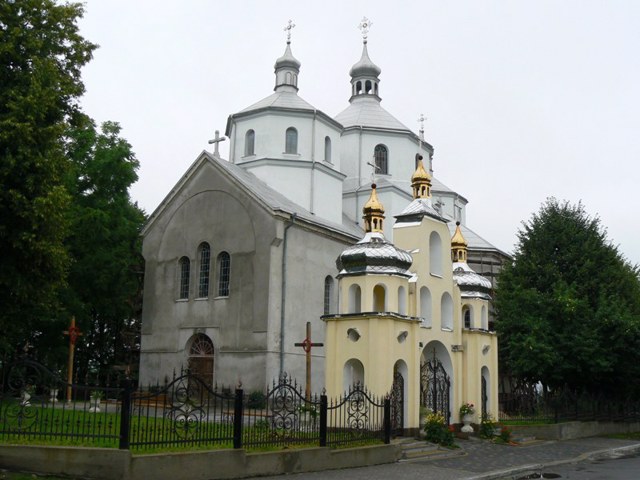
Saint Nicholas Church
Temple , Architecture
The Church of Saint Nicholas in Busk was founded in 1914 on the site of an old wooden church.
The project was developed by the famous architect Yevhen Nahirnyi. Construction was carried out at the expense of the Busk Orthodox community until 1938.
In Soviet times, the Saint Nicholas Church was the only active church in the city, but during the reconstruction the church lost its original appearance. In particular, the domes were replaced by simple tent roofs, and all decorative details were removed from the walls. Currently, it is planned to recreate the temple in its original form.
Belongs to the religious community of the Ukrainian Greek Catholic Church.
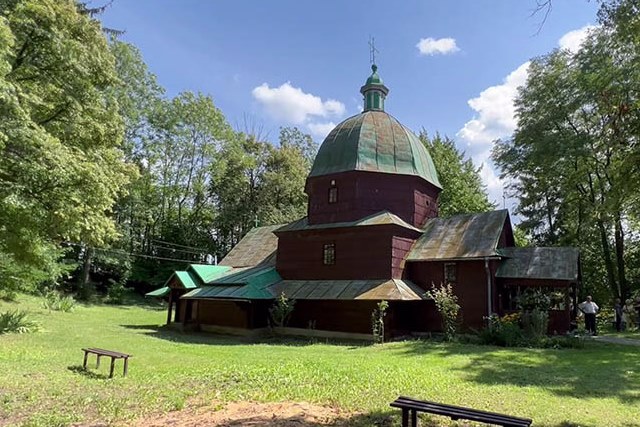
Saint Onuphrius Church
Temple , Architecture
The wooden church of Saint Onuphrius is located in the western suburb of Busk, in Volyany.
The church is hidden behind the ancient ramparts of the Busk hillfort, the southern rampart of which descends rapidly to the tributary of the Buh - the Rokytna River.
The Saint Onuphrius Church was built in 1642 (according to another version, it was built in 1670 on the site of the Basilian monastery burned by the Cossacks in 1654).
The church is three-log, one-story. The entrances to the temple are protected by gable roofs resting on wooden pillars. On the pediment of the main entrance, decorated with an embroidered towel, hangs the image of Saint Onuphrius with a long beard. The two-story bell tower is located to the west of the church, at the place where the ramparts break.
In 1864, an original chapel appeared at the church in the hollow of a thousand-year-old oak, which was 6 meters in girth. The trunk cut from above is covered with a roof. The chapel stands near the entrance to the church cemetery, its walls are fastened with an iron hoop.
Reviews Busk
Geographical information about Busk
| {{itemKey}} | {{itemValue}} |
|---|---|
| Region |
Lviv |
